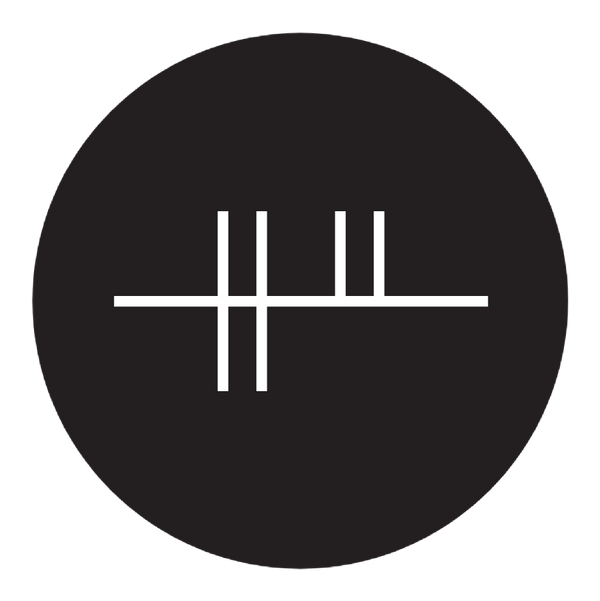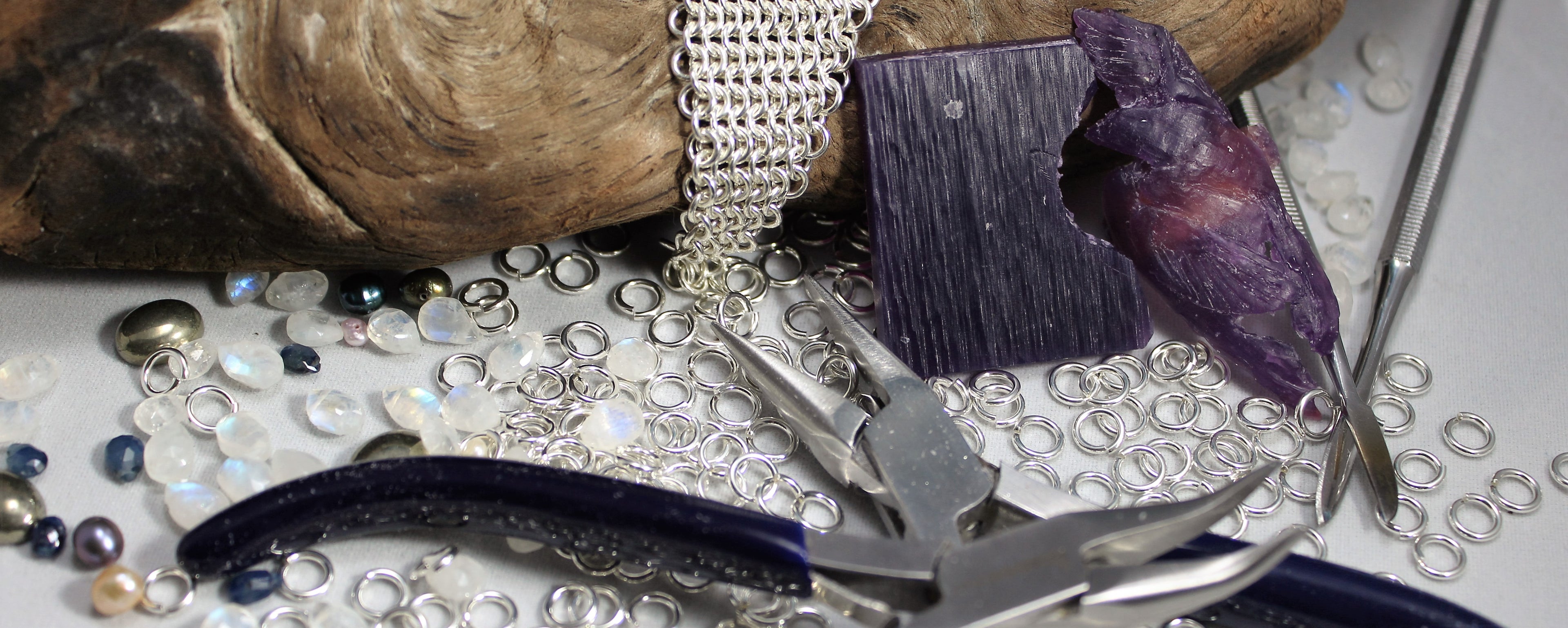This is the first of three posts that will focus on ring sizes. In this post I will go over what you need to keep in mind when measuring your ring size.
The next post will review some sizers from Amazon, and the third will go through the methods jewelers use to size rings.
Factors to Remember when Finding your Ring Size
“What’s my ring size?” was, by far, the most common question I dealt with as a repair jeweler, both in-person and online. Usually for the online questions I would encourage people to go to their local jeweler to get sized in person. This is because finding your size is an inexact science, verging on an art, and dependent on several factors, and while jewelers can do everything right and ask all the right questions even they can measure your size wrong. Trying to explain all the factors that need to be taken into account would take, well….a blog post! Ta daaa!!
In this post I’ll cover the factors you need to take into account, for guys and gals, when finding your ring size.
Factors:
1. How are your hands feeling today? – This is the biggest factor because it is the most personal one. Only you know how your hands feel at any given time.
A few examples from personal experience:
- I am particularly susceptible to water retention after a salty meal and so my hands will be slightly larger than normal.
- When I hike, especially in warm weather, I get what a fondly refer to as “sausage fingers”. These will cause me to remove my wedding rings for fear of them getting stuck and will take at least 24hrs to return to what I consider normal.
- In cold weather my fingers shrink and I can easily remove my wedding rings.
These are fairly common responses that everyone will encounter, although often times they will affect women more than men. The size you get will vary a surprising amount depending on how your hands are feeling on the day you measure your finger, so a day when your hands feel ‘normal” is best.
.
2. What is the width of the rings shank? – The shank of a ring is simply the band and more complexly the band minus the setting. Jewelers will interchange whether they use the word band or shank depending on the rings style. I’ll be using band for the most part.
Why is the width important? Quite simply because the wider a shank is the more space it takes up and the more skin it displaces.
For example: My husband and I upgraded our wedding rings for our 10year Anniversary. I decided to increase the width of my ring from 3mm to 6mm and, as a result, my new ring was bigger by nearly half a size.
.
3.Will you be wearing another ring on the same finger? – The most common reason to ask this is when you’re trying to find the size for an engagement ring. It ties in with the above factor, because adding another ring later will have the same effect as wearing a wider band. The size difference won’t be as pronounced, as the ability of each ring to move individually mitigates the combined width but the addition of a wedding band can still cause a once comfy engagement ring to feel tighter than before.
If you plan on getting your engagement band and wedding band from the same jeweler*, they will usually warn you of this or offer resizing for your rings once you’ve decided on your set.
*- this refers to in-person jewelers. Big online stores do not usually have enough interaction with customers to allow for this consideration.
.
4.The interior of the band – The interior of a ring has two main forms: Flat or Comfort, and Comfort has some variants as well, most of which will affect what size you need. These are also known as the rings’ Fit.
.
Standard sizers usually have a Flat fit, or a Light Comfort fit. Any form of Comfort fit is going to feel looser than the Flat fit of the same size.
The choice between fits is most commonly given in bands wider than 2mm, while bands of 2mm or less usually have a Flat fit as standard. As a result, this affects men’s bands more often than women’s.
In my opinion, these four factors play the biggest role in determining the size you'll need. Most custom jewelers will have sizers in a range of widths and fits, with full, half, and even quarter size increments. Helping people find their size is just plain good customer service and any jeweler, worth your business, should be happy to help you.
In my next post I’ll review several sizers I bought on Amazon.


